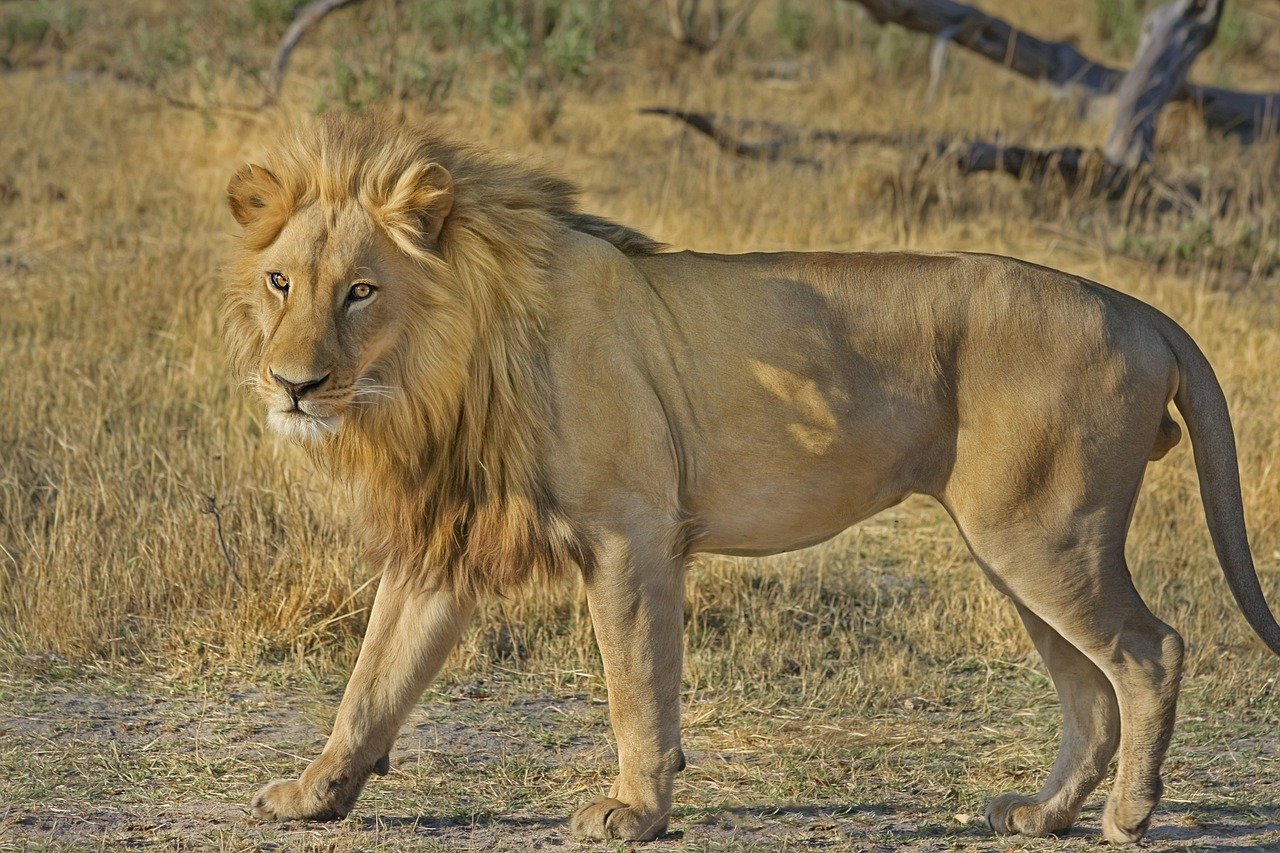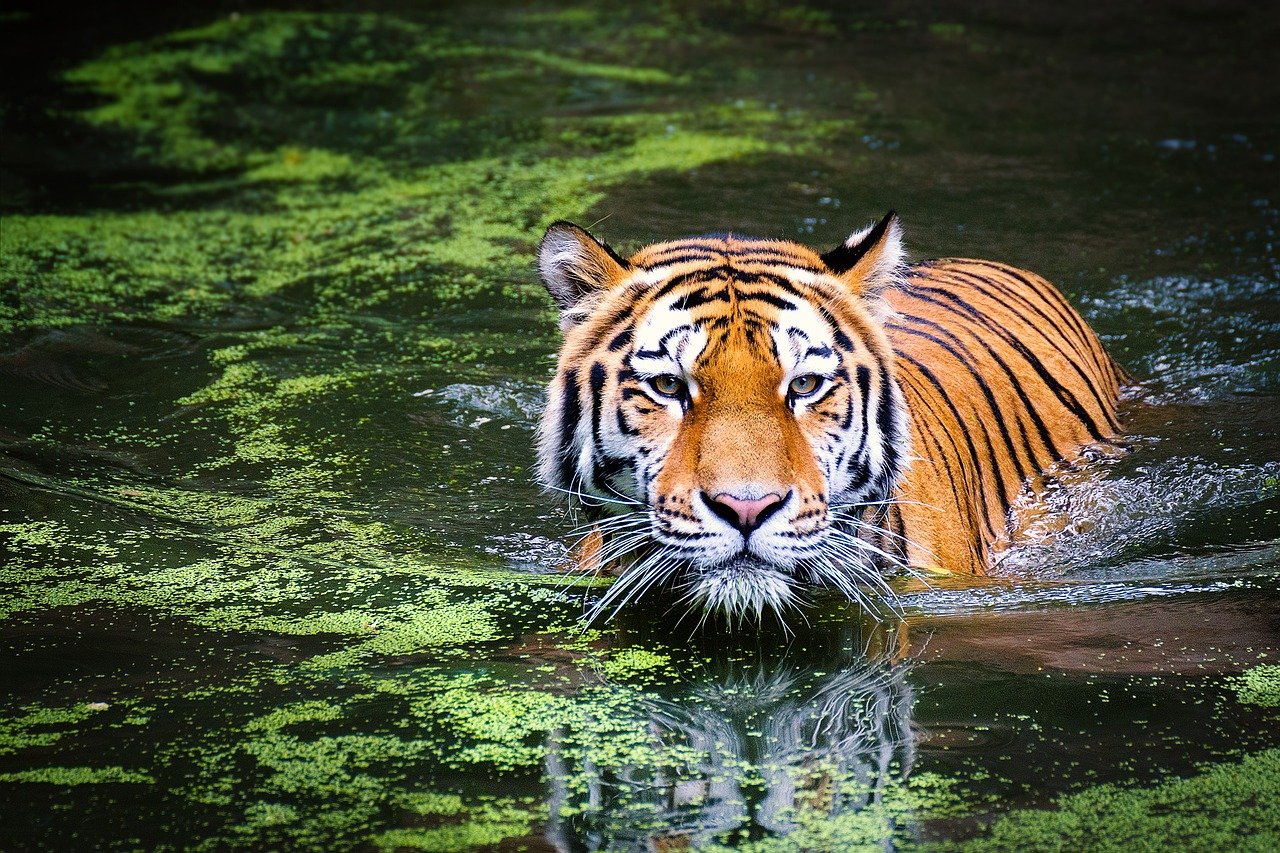Big cats, encompassing species like lions, tigers, leopards, and cheetahs, are celebrated for their majestic appearance and diverse coat patterns. These patterns are not mere aesthetic qualities; they are evolutionary adaptations that have developed over millennia. Understanding why these magnificent creatures have different coat patterns involves exploring the realms of genetics, evolution, and ecology.
The Role of Genetics

The genetic blueprint of each big cat species largely determines its coat pattern. Mutations and genetic variations passed through generations lead to the diverse patterns we see today. Specific genes like Taqpep play a crucial role in the development of stripes and spots, influencing the distribution, size, and color of these patterns.
Evolutionary Adaptations

Big cat coat patterns have evolved as survival mechanisms. These adaptations improve an animal’s chances of hunting successfully, avoiding detection by predators, and thriving in different environments. Over countless generations, natural selection has favored individuals whose coat patterns provided the best camouflage, leading to the patterns we observe today.
Camouflage and Survival

One of the primary functions of coat patterns is camouflage. A big cat’s ability to blend into its environment is crucial for stalking prey and avoiding detection. For instance, the spotted coat of a leopard allows it to remain inconspicuous in dappled sunlight filtering through the forest canopy, mimicking the pattern of shadows and light.
Variety in Habitat

Diverse habitats demand different adaptations. Lions with their relatively plain coats thrive in open savannas where long grass offers the ideal cover for their tawny pelts. Conversely, the stripes of a tiger provide effective concealment in the dense, vertically-striped foliage of forests and grasslands.
Social Dynamics and Territory

Coat patterns can also play a role in social structures and territoriality. Lions, for example, often live in prides and do not require intricate patterns for camouflage. Instead, their uniform coloration helps them maintain group cohesion. In contrast, solitary hunters like tigers and leopards rely on their unique patterns to remain undetected.
Sexual Selection

In some cases, coat patterns may influence sexual selection. For example, females might prefer mates whose patterns indicate health and vitality, though this aspect is less prominent in big cats compared to other species like birds, where visual display plays a more critical role in mate selection.
Communication and Identification

Each big cat’s coat pattern is unique, like a fingerprint, enabling individual recognition. This is crucial in species that have complex social interactions, like lions. While they might not rely on sight alone for recognition, visual cues can reinforce social bonds and hierarchies.
The Science of Coloration

The colors seen in big cat patterns arise from pigments like eumelanin, which produces black and brown colors, and pheomelanin, which creates reds and yellows. The interplay of these pigments results in the rich tapestries of colors and patterns found in big cat coats.
Comparative Insights From Other Species

By studying coat patterns in other animals, scientists gain insights into the evolutionary pressures that shaped those of big cats. Zebras, for example, use stripes for both camouflage and social signaling, highlighting similar functions that patterns might serve in big cat communities.
Future Research Directions

The study of coat patterns in big cats is ongoing, with advances in genetic technologies offering new insights. Researchers continue to investigate how genetic mutations influence pattern formation and how environmental changes might impact these evolutionary adaptations.
Conclusion

Big cat coat patterns are a testament to the power of evolution, biology, and environmental adaptation. These patterns not only enhance our appreciation of these majestic creatures but also underscore the complexity of life’s adaptive strategies in the natural world. As science advances, we can expect to uncover even more fascinating details about the genetic and ecological factors that shape these enigmatic patterns.
Hi, I’m Bola, a passionate writer and creative strategist with a knack for crafting compelling content that educates, inspires, and connects. Over the years, I’ve honed my skills across various writing fields, including content creation, copywriting, online course development, and video scriptwriting.
When I’m not at my desk, you’ll find me exploring new ideas, reading books, or brainstorming creative ways to solve challenges. I believe that words have the power to transform, and I’m here to help you leverage that power for success.
Thanks for stopping by, Keep coming to this website to checkout new articles form me. You’d always love it!






